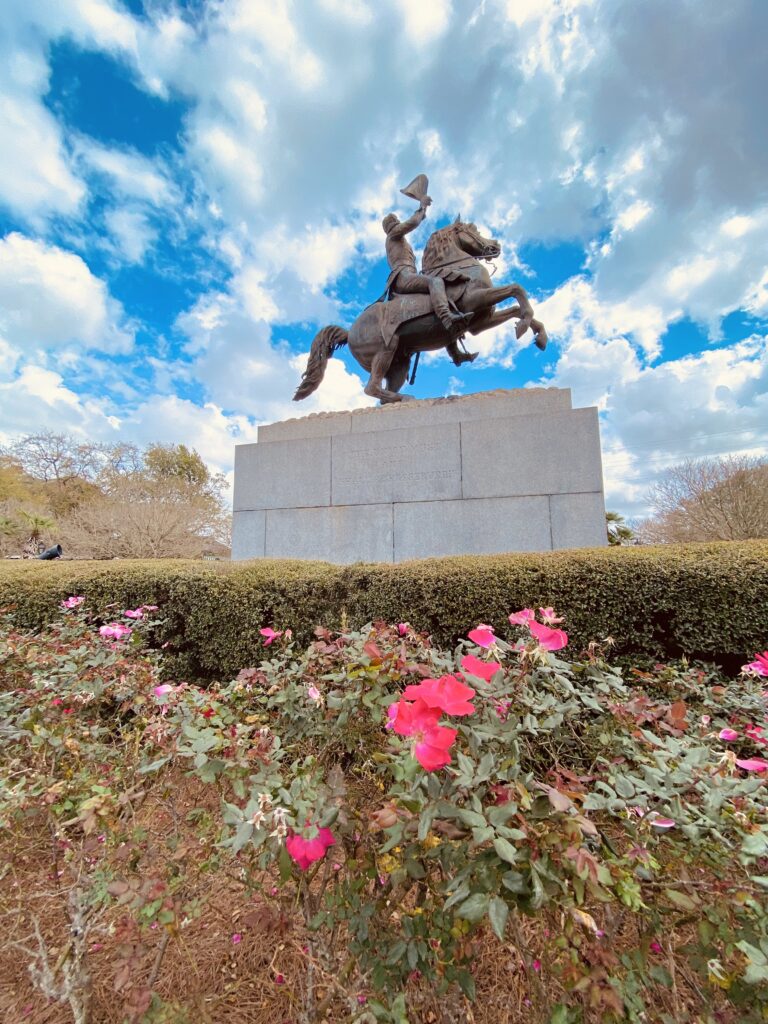

Maj. Gen. Andrew Jackson’s stunning victory over experienced British troops in the Battle of New Orleans on January 8, 1815, was the greatest American land victory of the War of 1812.
The battle preserved America’s claim to Louisiana Territory, prompted migration and settlement along the Mississippi River, and renewed American pride and unity. It also made Jackson a national hero.
Defending New Orleans were about 5000 regular troops, state militiamen, and volunteer soldiers, including Jean Laffite’s Barbarian pirates On December 23, when British troops landed nine miles downriver from New Orleans, Jackson halted their advance in a fierce night attack. The Americans then withdrew behind the banks of the Rodriguez Canal.
The Battle of New Orleans lasted less than two hours, with the major fighting confined to about 30 minutes. More than 2000 British troops were dead, wounded, or taken prisoner; American casualties numbered fewer than 20. Within days the British withdrew, ending the Louisiana campaign.

In 1856 the city erected the statue of Andrew Jackson, hero of the Battle of New Orleans and namesake of public square . The Vieux Carre retains much of its character today because it is among the oldest protected historic districts.

[…] shaft honouring the American victory at the New Orleans was laid in January 1840, within days after Andrew Jackson visited the field on the 25th anniversary of the […]
[…] and the site of public executions and twenty years away from being renovated and rechristened Jackson Square the state legislature was meeting at the Orleans Ballroom and the elegant new Saint Charles Theatre […]